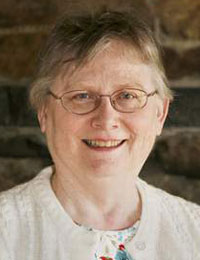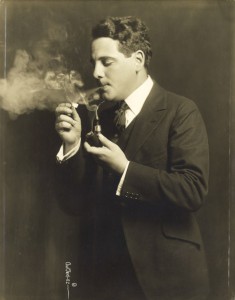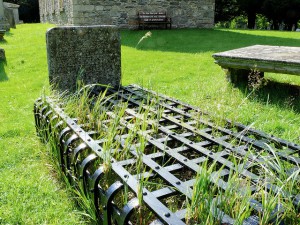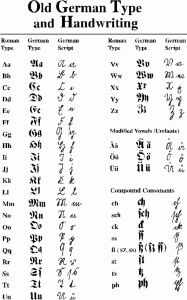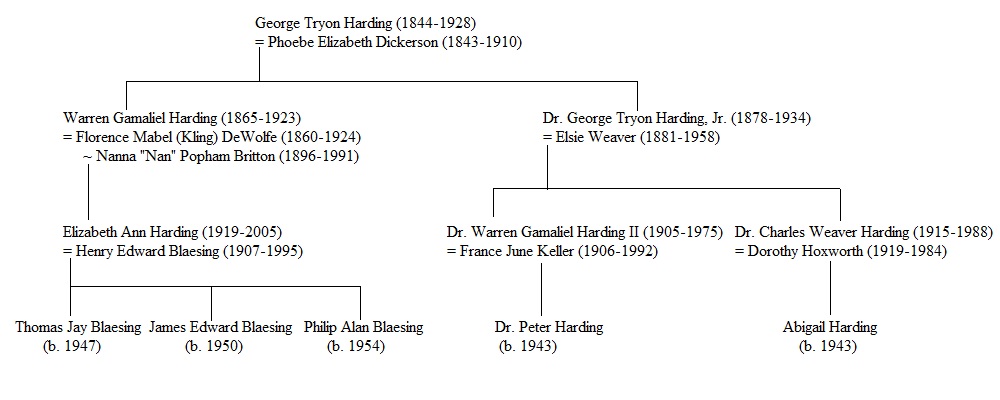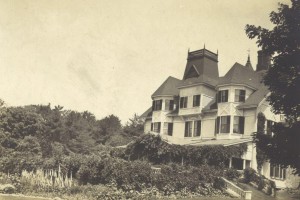
This is part one of a series on digitizing our special collections.
At NEHGS, the R. Stanton Avery Special Collections are a unique and treasured resource. Since 1845, we have provided access to our collections of manuscripts, typescripts, and photographs, including family histories, vital records, and original primary source documents. The items NEHGS has collected have immense value to researchers – not only for genealogists and family historians, but for students, scholars, and anyone looking for a window into the past. Continue reading Two new digitizing projects
